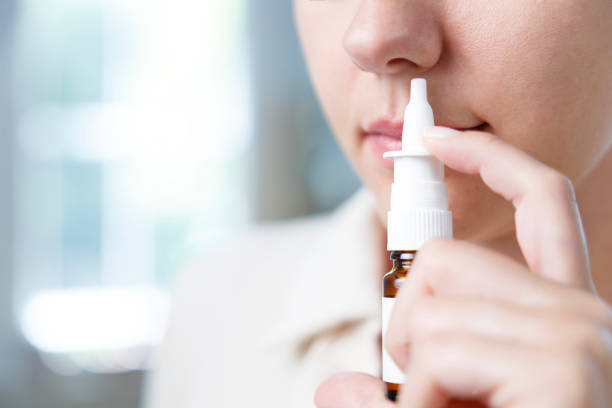USP Inhaler Canister Leak Testing
The USP Inhaler Canister Leak Testing is a critical procedure performed to ensure that inhaler devices meet stringent quality and safety standards set by the United States Pharmacopeia (USP). This test evaluates the integrity of the canister, which houses the medication inside the inhaler device. Ensuring there are no leaks in this component is crucial for the proper delivery of medication into the lungs or nasal passages.
The USP specifies that all inhaler devices must demonstrate a high degree of reliability and safety to prevent any unintended leakage of medication, which could lead to reduced efficacy or potential harm. This testing ensures that the canister maintains its integrity throughout the shelf life of the device, thereby supporting patient safety and compliance with regulatory requirements.
During this test, the canister is pressurized to a set value (usually around 10 bar) and then allowed to stand for a specified duration. The pressure drop over time is measured using a precision manometer. Any significant pressure loss indicates potential leaks within the canister or its seals.
The testing process involves precise setup, calibration of equipment, and adherence to USP guidelines. Compliance officers, quality managers, and R&D engineers are responsible for overseeing this critical step in ensuring that inhaler devices meet all necessary standards before being released to market.
For nasal products, the canister serves a similar function but may interact with different physiological factors such as temperature and humidity. The testing procedure must account for these variables to ensure accurate results. Proper specimen preparation involves cleaning the canister thoroughly and ensuring it is free from contaminants that could affect the test results.
The instrumentation used in this process includes high-precision manometers, pressure controllers, and data loggers to capture detailed information about the canister's performance under pressure. The results of these tests are meticulously recorded and analyzed to ensure compliance with USP standards.
- International Acceptance: This test is widely accepted in countries that follow international standards for inhaler testing, including those aligned with USP guidelines.
- Competitive Advantage: Ensuring high-quality results through rigorous testing can provide a competitive edge by improving the reliability and safety of products, thereby enhancing brand reputation and customer trust.
Why It Matters
The USP Inhaler Canister Leak Testing is vital for several reasons. Firstly, it ensures that the medication within the inhaler or nasal product is delivered accurately and effectively to the intended site of action in the respiratory tract. Any leakage could lead to suboptimal treatment outcomes, which can have severe consequences for patients with chronic conditions like asthma or COPD.
Secondly, this testing helps manufacturers maintain high standards of quality control throughout their production processes. By identifying potential issues early on, companies can address them promptly and avoid costly recalls later in the product lifecycle.
Thirdly, compliance with USP standards is essential for regulatory approval and market access. Regulatory bodies such as the FDA require proof that inhaler devices meet these stringent criteria before they are allowed to enter the marketplace.
The test also plays a role in ensuring patient safety by preventing accidents or malfunctions that could result from compromised canisters. This is particularly important given the sensitive nature of respiratory medications and their potential impact on health if not administered correctly.
International Acceptance and Recognition
- ISO Standards: Inhaler canister leak testing aligns closely with ISO standards, which are widely recognized globally. Compliance with these international norms ensures that inhalers meet the highest global quality benchmarks.
- ASTM and EN Specifications: The procedures used in USP Inhaler Canister Leak Testing also correspond to ASTM and European Union (EU) directives on inhaler device safety, providing a harmonized approach across different regions.
Competitive Advantage and Market Impact
By excelling in USP Inhaler Canister Leak Testing, manufacturers can achieve several competitive advantages. Firstly, they demonstrate a commitment to excellence that resonates with healthcare professionals and consumers alike. This translates into increased market share and customer loyalty.
Secondly, adherence to rigorous testing protocols enhances the reputation of the brand, making it more attractive to investors and partners seeking reliable companies within the pharmaceutical sector.
Finally, successful completion of this test can open doors to new markets where regulatory approval is contingent upon meeting USP standards. This global acceptance broadens distribution opportunities and fosters growth in international markets.





